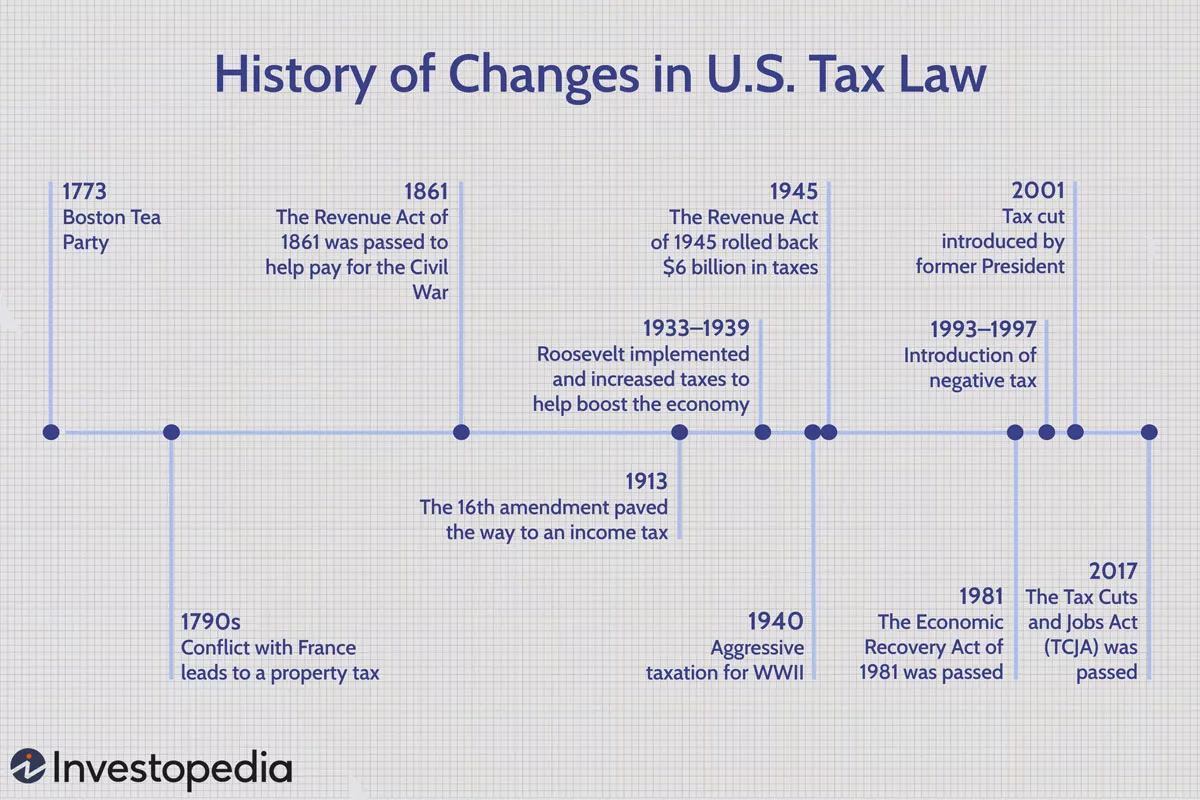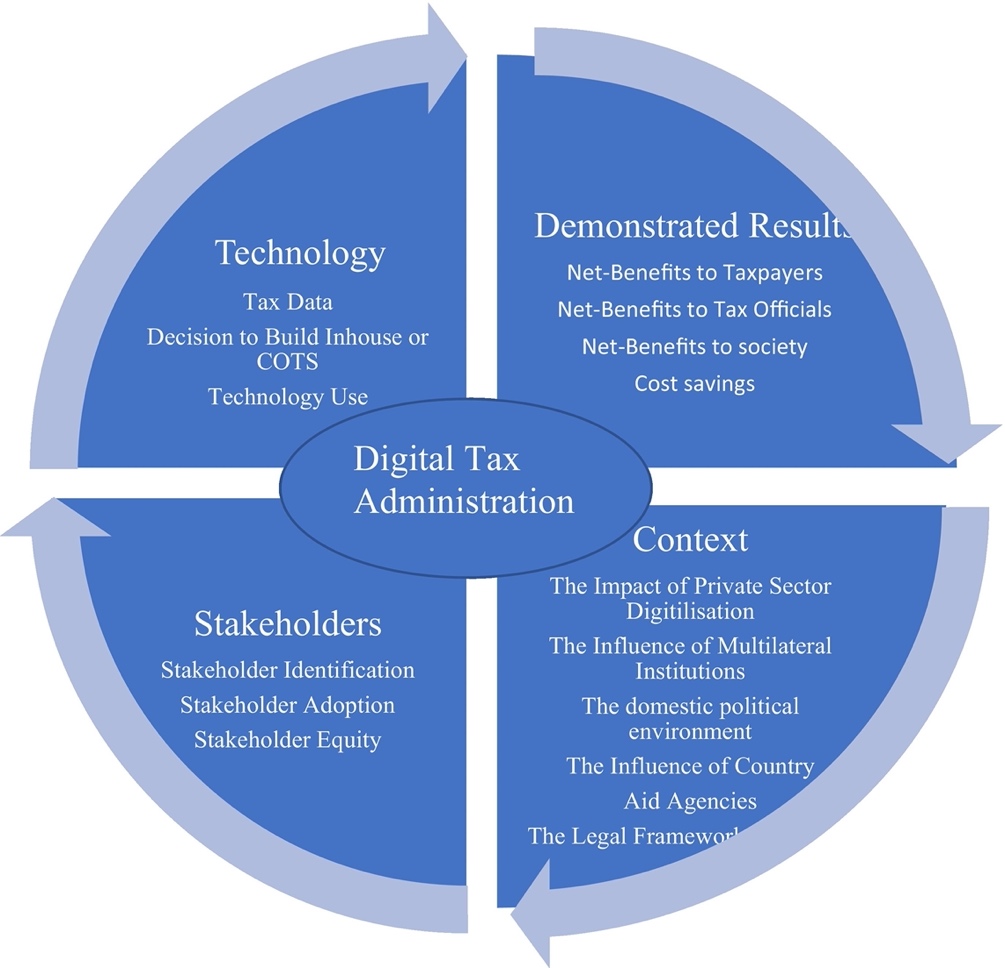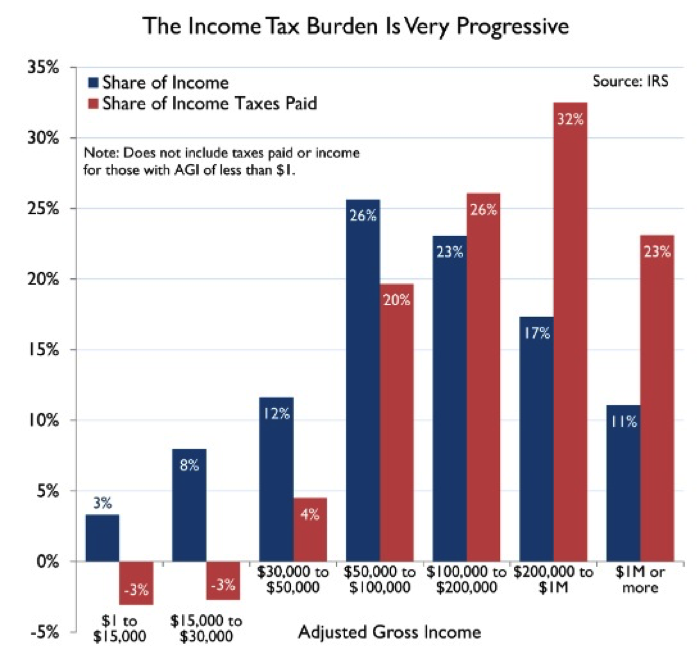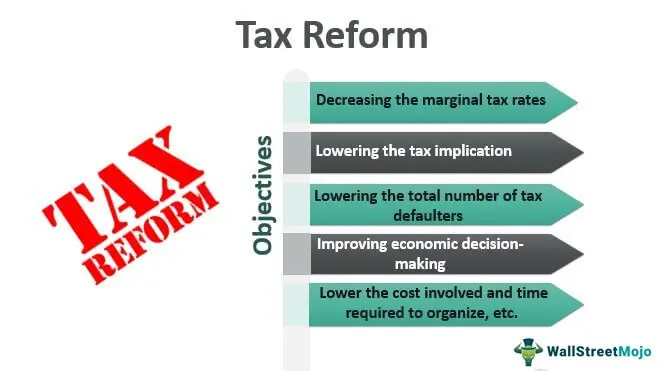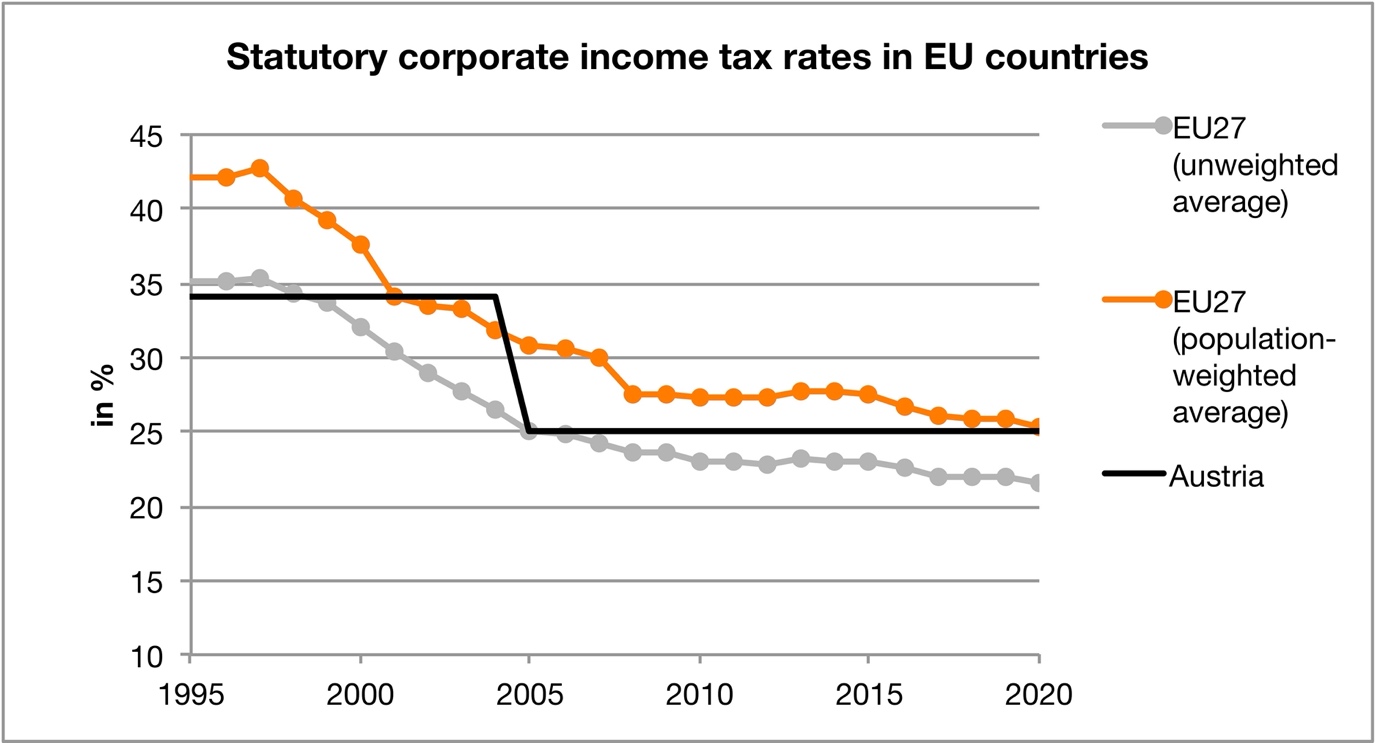Abstract
In the past, governments of all developed and developing countries relied on a few sources to build revenue. However, it was observed that in the last decade, tax collection amounts for public revenues have changed significantly. The new trend is the emergence of digital technology, social media, and artificial intelligence, which have created a range of new fundamentals involving taxation practices; therefore, a lot needs to be done in this regard to the platforms themselves as well as their customers. Such reforms can make a big difference in small businesses’ finances, especially those that owe taxes on their profits.
This paper addresses tax challenges in the USA by introducing a new reform that allows businesses and individuals to pay taxes at the same time using their technology. This way, the government saves money and even improves tax collection by having people report taxes on their devices (Hakelberg & Rixen, 2021). The resulting data can be used for population analysis or simply to monitor compliance to increase tax revenues.
Tax challenges are emerging in many sectors of the American economy, from manufacturing to finance and beyond. These challenges stem from designing regulations that yield similar levels of revenue with significantly different economic impacts (Bunn et al., 2020). For example, if an excise tax is a good way to raise revenues and manage negative externalities in a specific industry, it can also discourage innovation and productivity growth by raising the costs of capital investment and creating less efficient businesses (Bunn et al., 2020). To address these challenges, we propose to recalibrate the corporate income tax by replacing the progressive bracket structure with a more flexible credit system.
Problem Statement
A major obstacle to the growth of the economy and the sharing of revenues is tax avoidance or evasion by big businesses. Since technological advancements have allowed big businesses to operate on an electronic commerce platform, the practical way of taxing them has become more overwhelming and complex. If a big business is incorporated in the United States, it often does not pay federal taxes in full, leaving a substantial amount of unpaid taxes due on revenue under its corpus according to the figure 1.3. Further, high internet penetration has led to new challenges such as fake app stores selling stolen functionalities that infringe on copyright rights.
This is a proposal to illustrate how the economy is rapidly digitizing and transforming. Technology has created a major tax challenge for big businesses across the United States. Poorly defined current tax laws, lack of technology-facilitated transparency, and potential negative effects on consumers are some of the factors driving the difficulties of regulating the use of electronic commerce platforms by big businesses. In addition, this paper explores the goal of solving major economic problems associated with tax fraud and high-interest rates. Solving this problem will allow us to expect to improve the well-being of Americans and to compete in terms of profitability with the most highly developed countries in Europe.
Introduction
Our tax system is unjust and unbalanced. Corporations pay a lower tax rate than individuals, even though they are powerful and wealthy. The current regulation of big businesses via the existing tax laws has been ineffective in curbing the growing trend of tax evasion (Saez & Zucman, 2020). To solve this challenge, we want to introduce a new tax reform that will reduce corporate tax rates and the cost of starting a business. Being a small business owner myself, I understand how frustrating it can be to manage all of your financial matters on your own while your company grows. I believe there are better ways to help small businesses grow such as having better access to capital, see figure 1.4, offering streamlined legislation programs, as well as helping them access international markets.
The purpose of this paper is to discuss how the introduction of a new tax reform law could curb tax avoidance or evasion by creating a minimum tax rate for large corporations and multinationals of at least 18% of the total revenue. The proposal will also provide a mechanism for digitizing the economy by introducing new taxes on electronic commerce businesses operating across the United States. In particular, the proposal will help reduce business losses due to corporate taxes and excise taxes.
Discussion
As implementing the minimum tax rate for large corporations and multinationals of at least 18% of the total revenue will curb tax avoidance or evasion by creating a minimum tax rate for large businesses, it is also important to note that this proposal applies to small businesses as well. Figure 1.1 demonstrates that this proposal also taxes digital businesses with higher rates than brick-and-mortar businesses due to the increased use of electronic commerce platforms being a major resource for digital economies (Mosteanu & Faccia, 2020). This will ensure that big companies are not getting away with more taxpayer money than necessary.
As technology continues to evolve, it is becoming increasingly important for the United States to clarify and modernize its tax laws. The current tax system presents numerous challenges for big businesses due to their specialization in highly innovative areas such as robotics, artificial intelligence, and financial technology. However, this proposal will address these challenges by introducing a new reform that addresses the strict minimum tax rate for large corporations and multinationals of at least 18% according to the figure 1.6. Based on this new reform, many foreign companies will be forced to pay taxes within the United States while they continue to enjoy low-rate schedules.
Further, this proposal will help reduce the burden on taxpayers by promoting fairness, simplicity, and transparency in taxation. In addition to these positive consequences, the U.S. economy could benefit greatly from this reform as it would encourage companies to grow, hire more employees, and raise wages rather than hide income. This proposal also aims to promote economic growth through job creation because most companies now have to pay taxes via electronic banking systems which grant better access and data security than other means of payment.
Strategy
This proposal will curb tax avoidance or evasion by creating a minimum tax rate for large corporations and multinationals of at least 18% of the total revenue. Further, digitization of the economy has already created a major challenge of tax evasion for big businesses across the United States. Consequently, these technological developments have created many challenges in taxing and controlling big businesses (Hakelberg & Rixen, 2021). Over the years, the United States national government has already introduced several tax reforms that are helping many Americans. Figure 1.5 presents the strategy to curb tax avoidance or evasion by creating a minimum tax rate for large corporations and multinationals of at least 18%.
While preparing a new tax law that would address the new challenges associated with commercializing trade, the United States government introduced a new reform proposal that contained the following objectives: Increase the minimum tax rate for big corporations, increase income taxes on large American multinationals, and contain business tax avoidance. As figure 1.2 represents, this proposal is also aimed at reducing tax avoidance or evasion by offering an 18% minimum tax for most large corporations and multinational companies operating in the U.S. Thus, the purpose of this paper is to find such key points with their further implementation, demonstrating a theoretical model of development of a new tax system.
Conclusion
Businesses are facing tremendous challenges in the last few years, especially with taxes. The United States government has tried to address the challenges presented by technology and globalization by introducing new tax reforms. However, there are still many problems such as how you define small and large businesses. What exactly is the meaning of start-ups vs. established businesses? How can we clearly state whether a firm is a big business or not? Furthermore, it will also be a challenging task to determine tax rates for these different categories as a small business can be easily categorized as individual users with limited revenue. On the other hand, large companies may have large markets and even legal entities through which they can employ many people from different parts of the world. They have an unclear structure but achieve similar results for mutual benefit. The idea of introducing minimum tax rates for these categories is beneficial because it will help identify bigger businesses from smaller ones, which would ultimately lead to their successful compliance with applicable laws and regulations.
In addition to the interim results, a conclusion was made, on the basis of which it becomes possible to create a general model for the development of the new financial system. Based on the data obtained and the method of theoretical substitution, the development of new opportunities and adaptation to the new system becomes possible. In addition, it is also worth noting that the new tax reform allows us to expect excellent results in the future and to continue developing this area in the future, allowing for new opportunities and providing Americans with a more stable model of earning and receiving the necessary funds.
References
Saez, E., & Zucman, G. (2020). The rise of income and wealth inequality in America: Evidence from distributional macroeconomic accounts. Journal of Economic Perspectives, 34(4), 3-26.
Bunn, D., Asen, E., & Enache, C. (2020). Digital taxation around the world. Tax Foundation, 20.
Mosteanu, N. R., & Faccia, A. (2020). Digital systems and new challenges of financial management–FinTech, XBRL, blockchain, and cryptocurrencies. Quality-Access to Success Journal, 21(174), 159-166.
Hakelberg, L., & Rixen, T. (2021). Is neoliberalism still spreading? The impact of international cooperation on capital taxation. Review of International Political Economy, 28(5), 1142-1168.
Appendix
